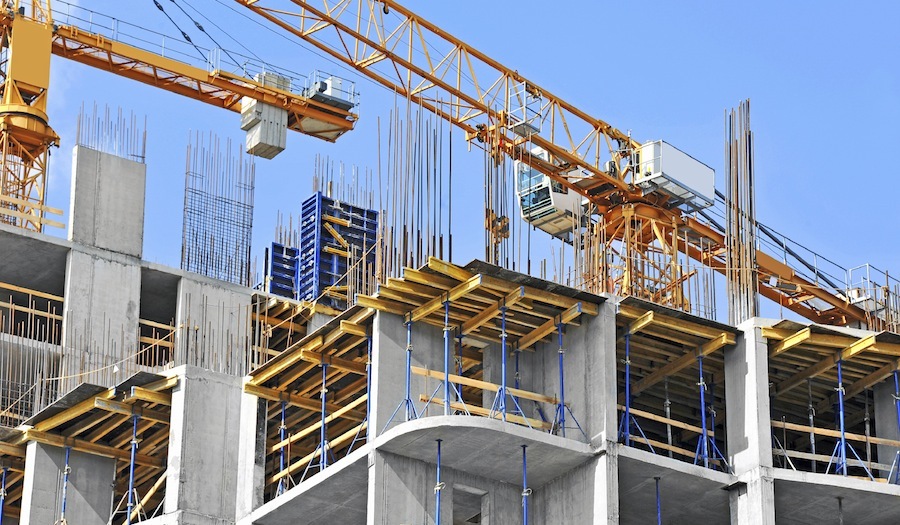Effective communication is considered as one of the main success factors in project management. Research done by the Project Management Institute (PMI) concluded that organizations with highly effective communication completed 80% of their projects according to planned objectives. These numbers are 54% higher than those from companies that are not high-performing communicators, according to the same research.
Another PMI study showed that successful project managers spend almost 90% of their time involved in some kind of project related communication. The first step in creating a culture of productivity and achieving better results in your projects is to introduce an efficient communication process from the start of the planning phase.
The structure of a communication plan
Elaborating an action plan for internal and external communication has become a basic requirement of a quality management system according to the new ISO 9001:2015. According to the new standard, a communication plan must identify who needs what information, when they need it and how that information should be provided.
The manager responsible for communication planning should identify and share the following with the those involved in the project in a structured way: who are the project stakeholders, what should be the communication items throughout the life of the project and who is responsible for transmitting the information.
1. Stakeholders
The first step in planning is to list all stakeholders in your project. Stakeholders are all parties involved in the project, such as the clients, general contractor, engineer, architect, project manager, service providers, etc. With this list the planner can think of general topics that should be communicated, such as project progress, accomplishments, upcoming challenges, significant changes, budget status, and timeline.
2. Communication items
After outlining the main communication themes and requirements of each stakeholder, you can begin the breakdown needed to put the communication plan into practice. Each communication item that affects the success of the project must be listed and ranked. There will be regular items (which need to be repeated daily or weekly, for example), and occasional items (such as reporting unexpected events throughout the project). The first aspect of the classification is the goal or purpose of the communication. In a working environment, some examples are:
Information collection
When the person communicating needs to gather information from other people.
Dialogue
When those involved in the project need to discuss to find the best way to respond to problems or risks.
Decision/Action
When the person that communicates has the expectation that the person receiving the communication will make a decision or act in response.
With the goal in mind, the planner can set the ideal way to achieve the outcome of each communication item. The basic forms are verbal, nonverbal and mediated, but it is important to think about the specific communication environment of your project. Some examples of specific ways to communicate at work are interpersonal, announcements, meetings, and reports.
3. Responsibilities
The plan should indicate who is responsible for communication at each stage and according to each situation. Two other designations for each communication item are the frequency (daily, weekly, occasional) and the channel to be used (direct communication, e-mail, phone call, text message, photo or video via mobile phone).
When designating responsibility for each item of communication, the communication planner must identify the sender and receiver of each item. That is, according to each situation, who will be responsible for transmitting the message, to whom and in what way. When visualizing different situations, it is important to consider the environment and the resources available. It is the planner’s role to think about optimizing communication.
What tools are available to ensure that all communication occurs in the best possible way?
For example, with the help of apps and mobile devices, you can communicate more quickly and with a greater wealth of information between the construction site and the office. The planner should also think about how communication will be recorded for future reference and evaluation. At meetings, for example, the minutes of the meeting are one such registry.
Communication between office and construction site
In the construction sector, people basically work in two distinct environments for each project: the office and the construction site. Studies show that 80% of activities and costs take place at construction sites. However, in many companies, the majority of the decisions about planning, budget control, and resource allocation happen in the office. Therefore, it is crucial that people are aligned when collaborating from a distance, but this is not always an easy task.
There is a famous quote about planning, attributed to the architect Lúcio Costa, that says: “The only guaranteed thing about planning is that things never happen as planned.” Unexpected events happen all the time on construction sites, and the ability and efficiency to make decisions about the contingencies and to communicate is what often determines the success or failure of the project.
The trend in construction technology is to adopt mobile software, designed specifically for the construction environment, and implement them on the jobsite. A very simple way to get started is to deploy a mobile project communication platform on that combines mobile apps with web-based tools for office use.


